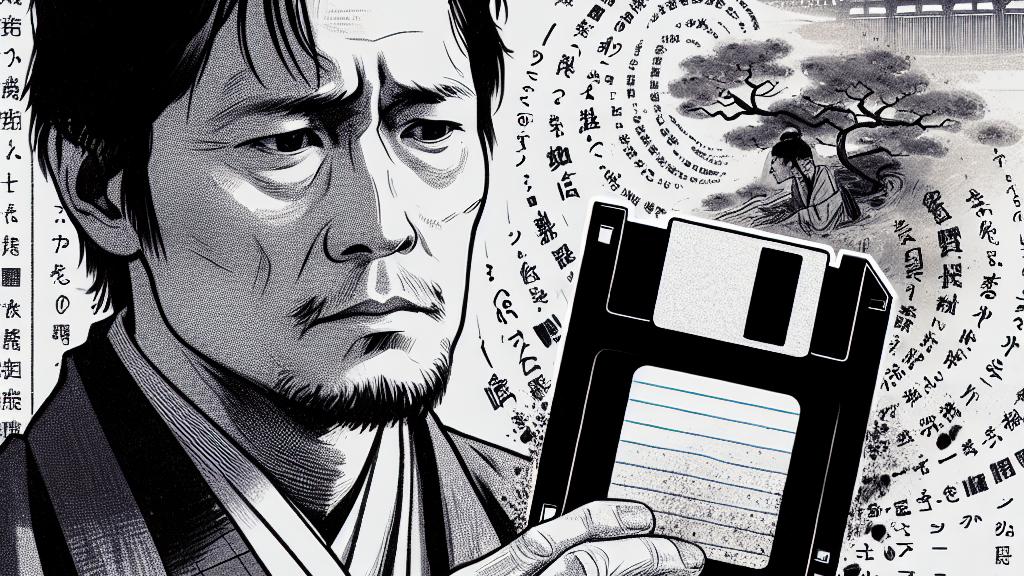The Challenge of Recovering Data from Old Digital Relics
Overview
- Explores the multifaceted complexities of retrieving data from aging digital media.
- Discusses the substantial costs involved in recovering data from damaged floppy disks.
- Highlights the cultural significance of preserving legacy media amidst technological advancements.

The Context of Digital Relics
In Japan, there’s a poignant tale about the struggles faced while attempting to recover data from old digital treasures—specifically, floppy disks. Imagine this: A man named A discovers a broken floppy disk that belonged to his late brother while sorting through his estate. This disk isn’t just a piece of plastic; it’s a vessel of memories, possibly containing precious poems or stories that reflect his brother's thoughts and creativity. A’s wish to access these literary remnants becomes a source of frustration, as the daunting reality sets in that recovering such data isn't straightforward at all. This narrative sparks a crucial question: Are the echoes of our digital past truly out of reach, or is there hope for reviving them?
Technical Challenges and Expertise
Delving deeper, the intricate nature of data recovery from floppy disks reveals a labyrinth of challenges. Experts make it clear that this Herculean task demands specialized tools and a high level of expertise that most of us simply don’t have. For instance, consider a floppy disk that suffers from physical damage—whether from scratches or exposure to moisture. Such impairment significantly hinders the data recovery process. Yet, there are remarkable tales where recovery professionals have triumphed, retrieving files from even the most damaged disks. However, these victories often come at a price, quite literally—with costs that may range from the hundreds to thousands of dollars. This prompts many to contemplate profound choices: Should we pour our resources into resurrecting these beautiful pieces of nostalgia? The weight of these decisions, especially when personal memories hang in the balance, is anything but insignificant.
Cultural Heritage and Digital Preservation
At the heart of this discussion lies an urgent issue: the preservation of cultural heritage in an age of fast-paced digital change. Much like A's floppy disk, countless invaluable artifacts are at risk of disappearing as the technology that supported them becomes obsolete. Picture the transformative power of digitization—imagine turning these tangible relics into virtual formats that can be cherished and accessed by future generations. It’s vital that we act not only as custodians of our digital past but also as champions of our cultural legacy. Each scratch on an old disk tells a story, urging us to preserve these narratives before they fade away entirely. As we navigate an increasingly digital world, let’s pause to reflect on the memories we hold dear and commit to safeguarding the rich tapestry of our cultural heritage, ensuring that it continues to inspire and connect us.

Loading...